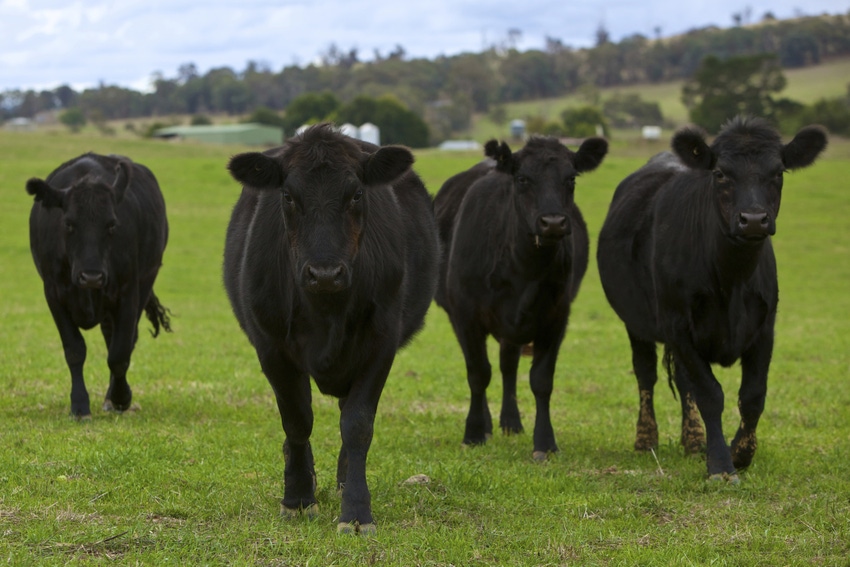Wheat pasture valuable forage resource when managed properly
Wheat is an annual cool season forage that recovers well during and after grazing.
November 19, 2020

Wheat pasture is a valuable resource for many cattle operations, but producers need to ensure that they do not turn animals out onto the forage too early, according to Oklahoma State University experts.
Stocker cattle or other livestock should not be turned out onto wheat pasture until the plants are about 6 in. tall and have become well rooted. Visually, this is the point at which a softball tossed out into the field would disappear from view.
“A producer can test if the plants are well rooted by going out into a field and pulling on the leaves; if they break off and the plant stays in the ground, then it’s okay to let cattle access the pasture,” said Ryan Reuter, beef cattle nutritionist and holder of the George Chiga endowed professorship in the Oklahoma State department of animal and food sciences.
Historically, about half of the wheat produced in Oklahoma is used as a forage crop, he said. Most of those acres are used for a dual-purpose crop in which the wheat is planted with the intention of being grazed by livestock — the animals are removed when the wheat reaches first-hollow-stem stage — and then grown to harvest grain later in the crop year.
Wheat is an annual cool season forage that recovers well during and after grazing. It is typically a lower-cost option to establish, given that seed wheat is readily available, Oklahoma State Extension area agronomist Josh Bushong said.
“If the wheat is too small when grazing is initiated, it will make less forage for the rest of the season,” he said. “Larger plants can intercept more sunlight and make more forage than smaller plants, which is why fall wheat pasture is started so early. Grazing is usually initiated mid- to late November before the wheat goes dormant, but crop growth is greatly reduced when days get short and soil temperatures drop.”
Wheat is highly palatable; cattle will eat it immediately. In fact, wheat is so tasty to cattle that producers need to keep an eye out for cattle that are consuming too much, which can cause an issue called frothy bloat. Bloat occurs when rumen gas production exceeds the rate of gas elimination. The gas accumulates and causes distention of the rumen, which can interfere with animal respiration. The issue can be worsened by the absorption of carbon dioxide from the rumen and potentially can be fatal.
“As a practical matter, try not to turn out hungry cattle onto wheat, as they are likely to gorge on it,” Reuter said. “Instead, feed them hay in the morning, and then turn them out onto wheat pasture in the afternoon.”
You May Also Like



